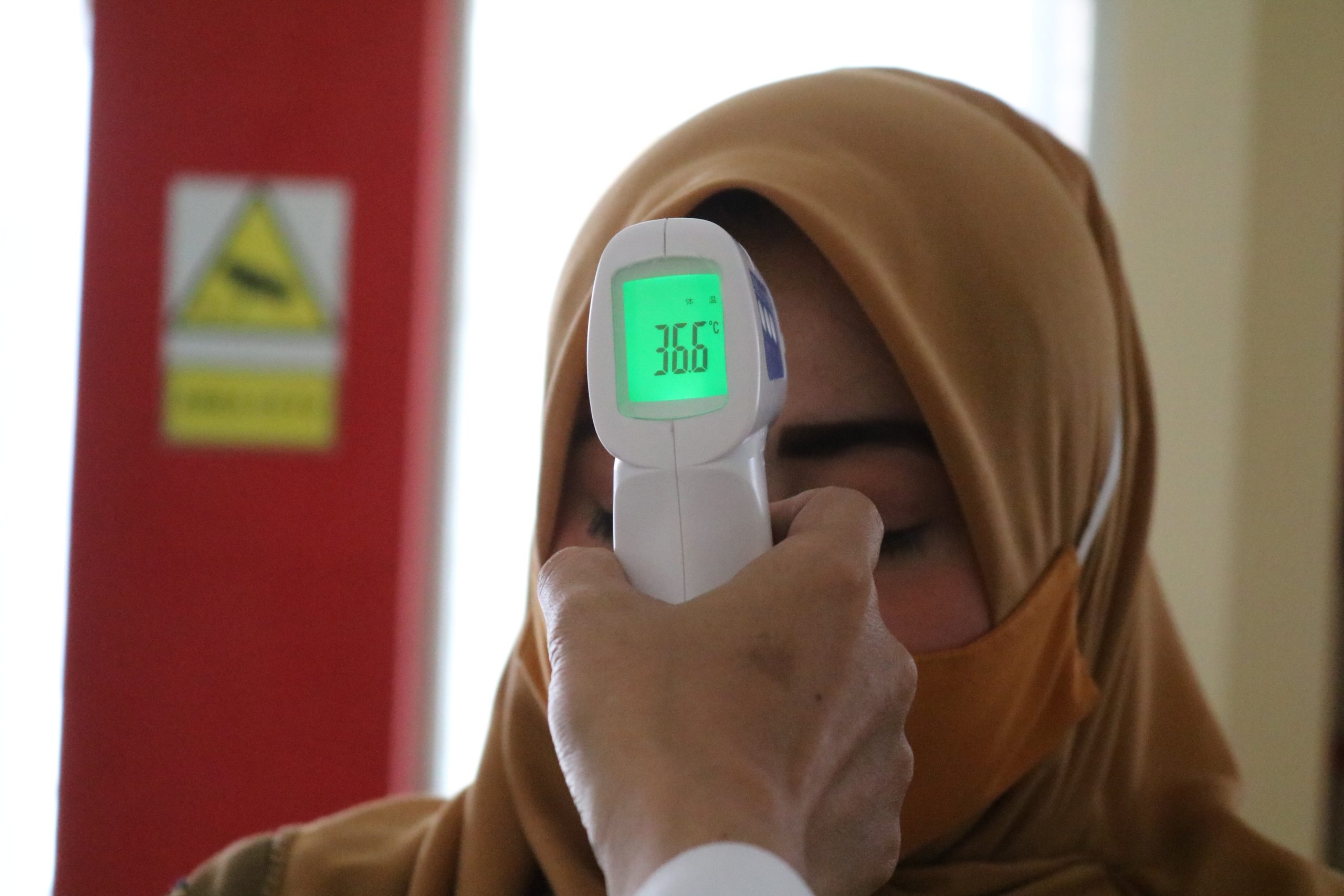Lasa fever is a viral hemorrhagic disease that is endemic to several parts of West Africa, including Nigeria, where it was first identified in 1969. Although it primarily affects animals such as rodents, the virus can be transmitted to humans through contact with infected animal fluids or consumption of contaminated food. Once infected, patients can experience a range of symptoms, including fever, headache, vomiting, and bleeding.
While Lasa fever can affect people of all ages, infants and young children are particularly vulnerable to the disease due to their weakened immune systems. Without prompt and effective treatment, Lasa fever can be fatal in up to 20% of cases.
Prevention is key when it comes to Lasa fever, and there are several measures that parents and caregivers can take to protect infants and young children from the disease. The following are some important tips to keep in mind:
- Practice good hygiene: Regular hand washing with soap and water is one of the most effective ways to prevent the spread of Lasa fever. Make sure to wash your hands thoroughly before and after handling infants or their food and toys.
- Avoid contact with rodents: Rodents are the primary carriers of the Lasa virus, so it’s important to take steps to keep them out of your home. Seal any cracks or holes in walls, and store food and garbage in secure containers.
- Cook food thoroughly: Lasa fever can be transmitted through the consumption of contaminated food, so it’s important to cook all food, particularly meat, thoroughly to kill any potential viruses.
- Seek medical attention if symptoms arise: If your baby or young child displays symptoms of Lasa fever, including fever, headache, vomiting, or bleeding, seek medical attention immediately. Early treatment can significantly improve the chances of recovery.
While Lasa fever can be a serious and potentially fatal disease, taking these preventive measures can help reduce the risk of infection in infants and young children. By staying informed and following these simple steps, parents and caregivers can help keep their children healthy and safe.




